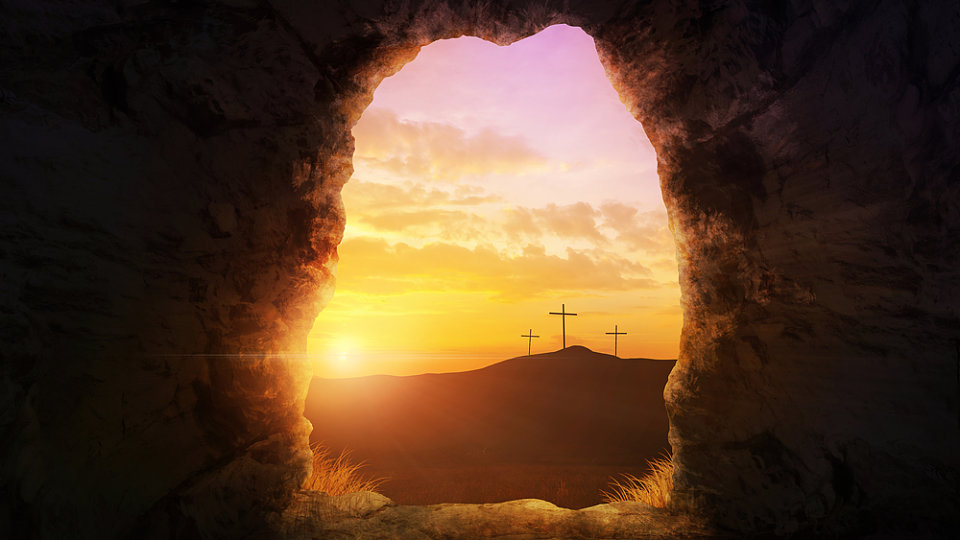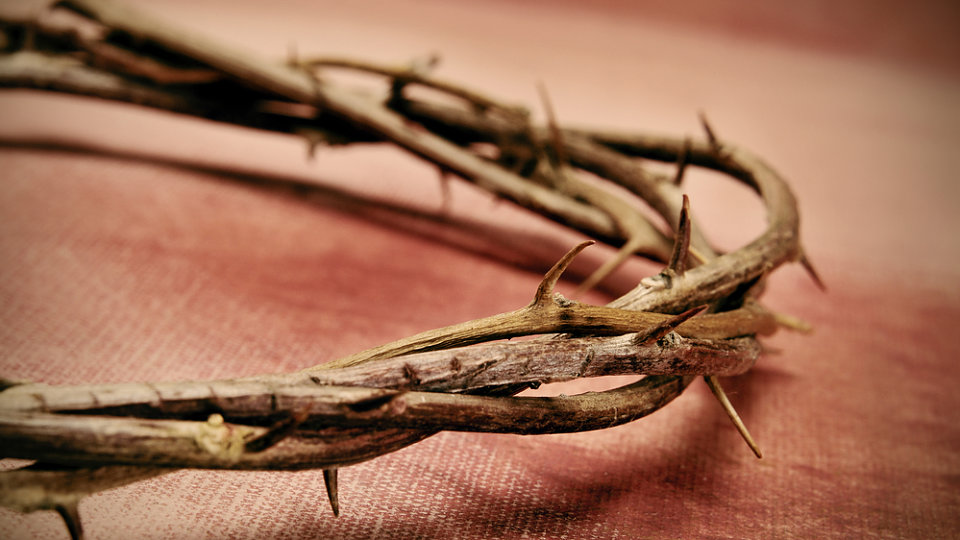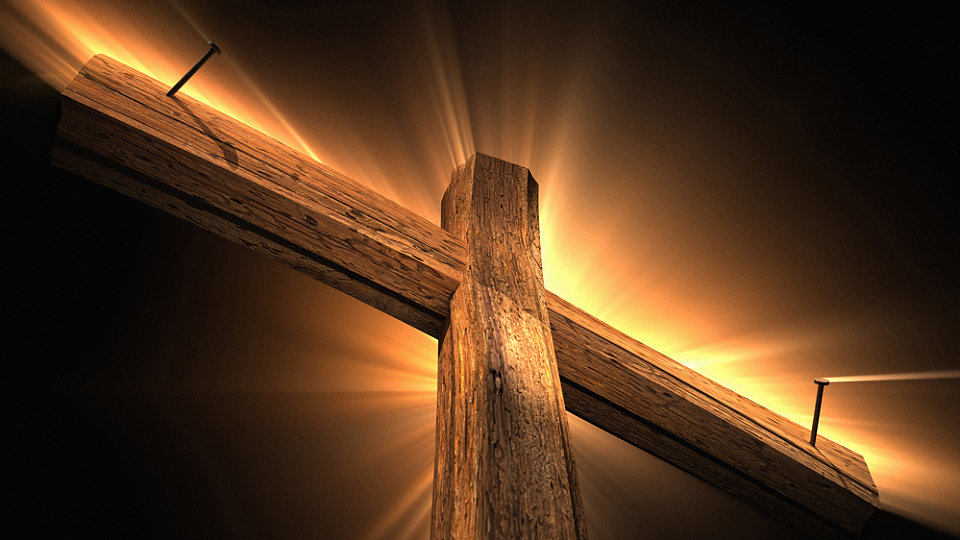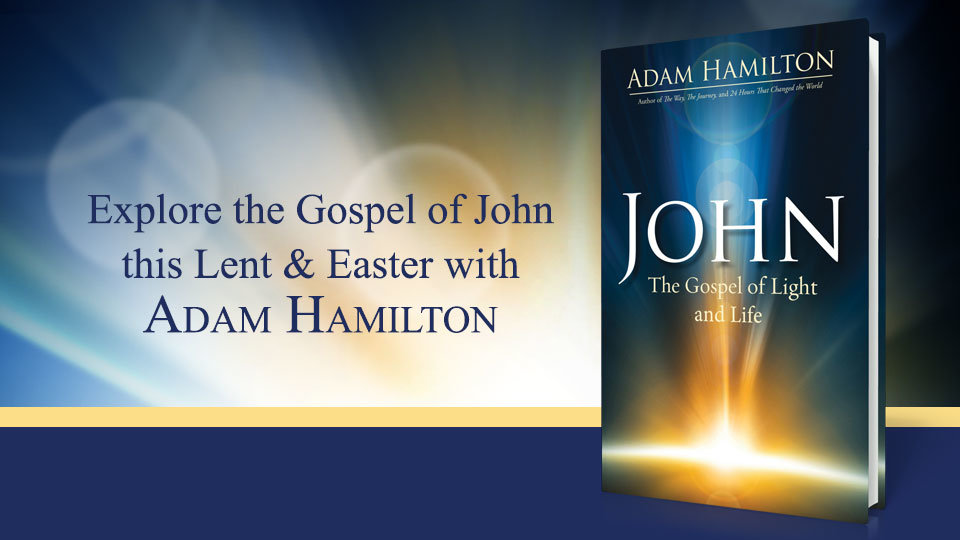The Garden and the Mission of Easter
I hope you had a happy and blessed Easter! Each day this past week leading up to Easter, I’ve been posting excerpts from my latest book, John: The Gospel of Light and Life. As we have celebrated the resurrection of Christ, let’s take a final look at John’s Gospel. “There was a garden in the place where Jesus was crucified, and in the garden was a new tomb in which no one had ever been laid” (19:41). In the Gospel of John, there is always more than meets the eye when John tells the story of Christ. A little detail in verse 41 seems important to John. He mentions that there was a garden where Jesus was crucified, and then he says, “in the garden there was a new tomb.” Matthew, Mark, and Luke don’t tell us there was a garden where Jesus was crucified, nor where he was buried. These details provide a clue, not just to John’s view of the Resurrection but also to John’s approach throughout his account of Jesus’ life. Remember, John’s Gospel opens with the words “In the beginning,” the same words that open the Book of Genesis. Genesis starts in a garden. John’s Gospel ends in a garden. In Genesis, God plants the garden. In John, when Mary Magdalene stands at the empty tomb and first sees the resurrected Christ, she thinks he is the gardener. To delve a bit deeper, in Genesis Adam and Eve turn from God, eat of the forbidden fruit, and paradise is lost. They are expelled from the garden. The earth is placed under a curse, and death comes into the world. I read this story as archetypal: it is our story. Each of us hears the serpent’s whisper. Each of us has turned from God’s path, has done what we know is wrong, and death and pain result. What is John hinting at by taking us back to the beginning? Why does he tell us Jesus was crucified and buried in a garden, and after being raised he appeared as a gardener? I believe John wants us to understand that Jesus came to break the curse, to destroy death, and to heal God’s garden. Paul describes Jesus as the “second Adam.” Perhaps that same idea is what John has in mind here. The first Adam ruined Paradise; the second Adam restored it. To put it another way, perhaps God the gardener, who took on flesh in Jesus’ birth, death, and resurrection, has gone about setting the world aright. He has come to repair the garden. But God’s work was only begun in Jesus’ resurrection. We still live in a world afflicted with violence, materialism, deception, and worse. There’s work yet to be done. This is why, on the night when the risen Christ finally appeared to his disciples, he breathed on them and said, “As the father sent me, so I am sending you” (John 20:21). What Jesus began, we’re meant to complete. During his ministry as described in the Gospels, Jesus spent very little time teaching people about heaven. Most of what he taught was about how we should live to create a bit of heaven on earth. Two of his best-loved parables, the Good Samaritan and the sheep and goats, focus on our responsibility to care for those in need. His Sermon on the Mount barely mentions heaven but instead strongly challenges us to live by heaven’s ethics here on earth, practicing love, justice, and reconciliation. Our work is to follow Jesus in restoring the garden. That means that every day we are on a mission. Every morning we wake and say, “Here I am, Lord. Send me!” Every conversation we have, every decision we make, every action we take is an opportunity for God’s kingdom to come on earth as it is in heaven. Each year at Easter, our church commits a significant portion of the Easter offering to one or two projects that will heal our city— that will restore the garden. We provide beds for children who are sleeping on the floor, jobs for men just out of prison, housing for people moving away from homelessness. We give such grants each year from the Easter offering, in part because we believe Easter is about restoring God’s garden. We proclaim it every Easter: Christ is risen from the grave! Death is swallowed up in victory! Sin and evil will never have the final word! The curse is broken! There is always hope! Today’s post is an excerpt from John: The Gospel of Light and Life. To find out more about this best-selling book and small group study, click here.









